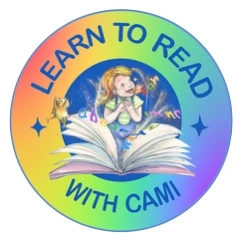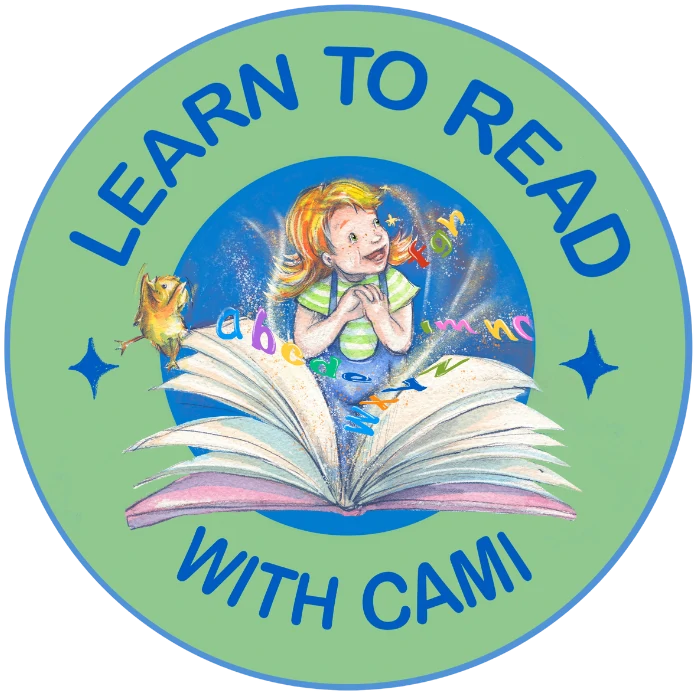Decoding is the process of blending sounds together to read and pronounce unfamiliar words. It relies on alphabetic knowledge and an understanding of the alphabetic principle and represents a more advanced step in the process of learning to read.
Teaching children decoding skills helps them understand how written words are connected to spoken sounds. Decoding involves breaking down words into their individual sounds and then blending them together to say the word. By learning this skill, children can read unfamiliar words by sounding them out, which builds their confidence and fluency in reading. It also allows them to become more independent readers, as they can figure out new words on their own, rather than relying on memorisation.

Stay connected via our newsletter and never miss a resource. Signup for exclusive tips and free resources! Unsubscribe at any time.
